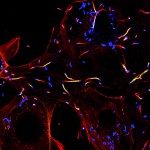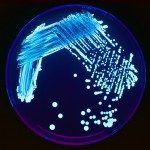Présentation
HYPOTHESIS: Neutrophils are implicated in curare-induced anaphylactic reactions in humans. Activated by IgG-curare complexes, which aggregate IgG receptors, neutrophils release PAF and NETs that are implicated in the cardiac and respiratory distress during anaphylaxis. It is possible that the activation of neutrophils: 1) explains the clinical features of atypical anaphylactic reactions (non-IgE mediated), 2) participates also in part to classical anaphylactic reactions
GENERAL OBJECTIVE: Compare the percentage of circulating activated neutrophils in a group of patients immediately following a curare-induced shock (case) to that of a group of patients exposed to curare during anesthesia without developing a shock (control).
SECONDARY OBJECTIVES: A) the day of the shock, quantify and compare between case and controls, 1) the level of circulating anti-quaternary ammonium IgG by immuno fluorometry, 2) the expression of IgG receptors (FcR) on the surface of neutrophils by cytometry, 3) the levels of circulating PAF by mass spectrometry, 4) the amount of NETs by immunofluorescence.
B) 6 to 10 weeks after the shock perform, 1) cutaneous tests to curare, 2) a study of the capacity of stimulation of ex vivo neutrophils by IgG-curare complexes







